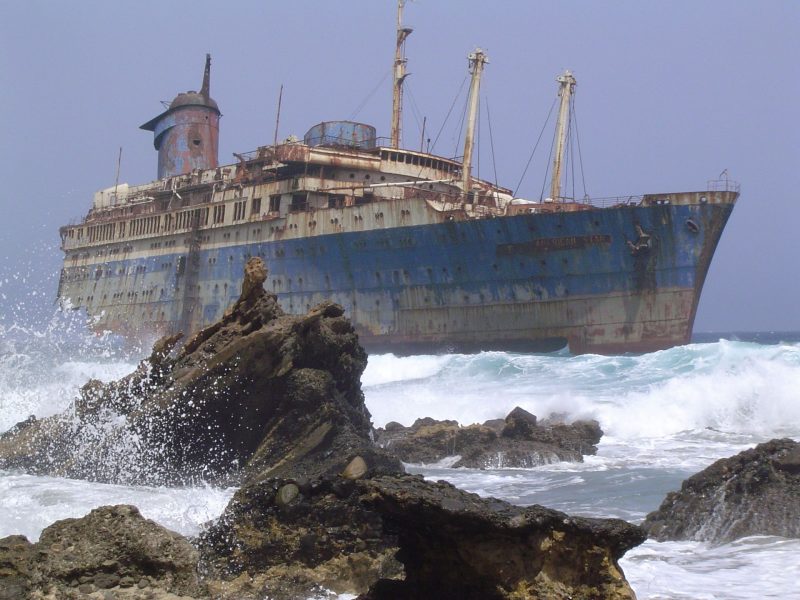The Expedition and Education Foundation (EEF) recently gave out a charitable donation that brought to life the Black Sea Maritime Archaeology Project, also known as Black Sea MAP.
Historians couldn’t be more thankful. The researchers, including a group from the Maritime Archaeology Center at the University of Southampton, have been making splashes in the news while surveying Bulgarian waters in the Black Sea.
This area was actually land during the Ice Age, but when the ice around the world began to melt, the land was flooded and ultimately became a part of the sea.
The principle investigator of the Black Sea MAP, Jon Adams, stated that the goal of the team was to put to rest the heavily debated theories about when the land was submerged. The team is also looking at how quickly the water levels rose and how it affected the ancient population of the land.
EEF supplied funding so the team could survey and map the seabed. They investigated the characteristics of the floor and took core samples for dating and analysis.
The final results of the research will develop a palaeo-environmental reconstruction of the history of the Black Sea that has eluded historians to date.
Maritime archaeologists accidentally discovered 40 ancient shipwrecks at the bottom of the Black Sea https://t.co/AabwpWHHNt
— Quartz (@qz) November 3, 2016
To accomplish the mission, the experts used a ship named the Stril Explorer. The ship is equipped with some of the best surveying technology in the world. The vessel comes with two Remotely Operated Vehicles or ROVs. The first ROV is loaded with high-resolution 3D technology and supports video.
The second groundbreaking remote vehicle was designed by the survey companies Reach Subsea and MMT and can move at speeds that are four times faster than common ROVs and holds an incredible suite of geophysical instrumentation, flashlights, advanced cameras, and even a laser scanner.
During its missions for the project, the vehicle has broken records for the depth of an ROV (1,800 meters) and for sustained speed (an astounding six knots). The vehicle has also covered well over 1,000 kilometers during its mission.
ROVs provide the perfect tool to capture pictures of the ships without disturbing the precious finds or the seabed that the ships lie on. The best part about the technology the team had access to is that it marked the first time that a team has been able to successfully and completely remodel shipwrecks at these depths.
And while marine archaeology is extremely competitive, the partnership of academics and business has proven to be a perfect combination in the mission to uncover the history of the Black Sea.
However, during the time the team has been mapping out the ancient land that now forms part of the sea floor, they found some unexpected artifacts resting in the waters.
They discovered an incredible collection of more than 40 never-before-seen shipwrecks. Many of these ship models have been documented in historical records, but the ships of these types have never actually been seen by archaeologists.
Experts hope that these shipwrecks can provide an unprecedented insight into the elusive Byzantine and Ottoman Empires, as well as shed even more light on the structure of the economy of the Black Sea.
Thanks to the research efforts of the Black Sea MAP project, historians can fill in gaps in the maritime history of the area. Due to the oxygen levels that exist in the Black Sea at levels deeper than 150 meters, the ships have been preserved astonishingly well, Quartz reported.
The team has managed to capture and recreate powerful images of the ships because of the use of the groundbreaking 3D cameras.
